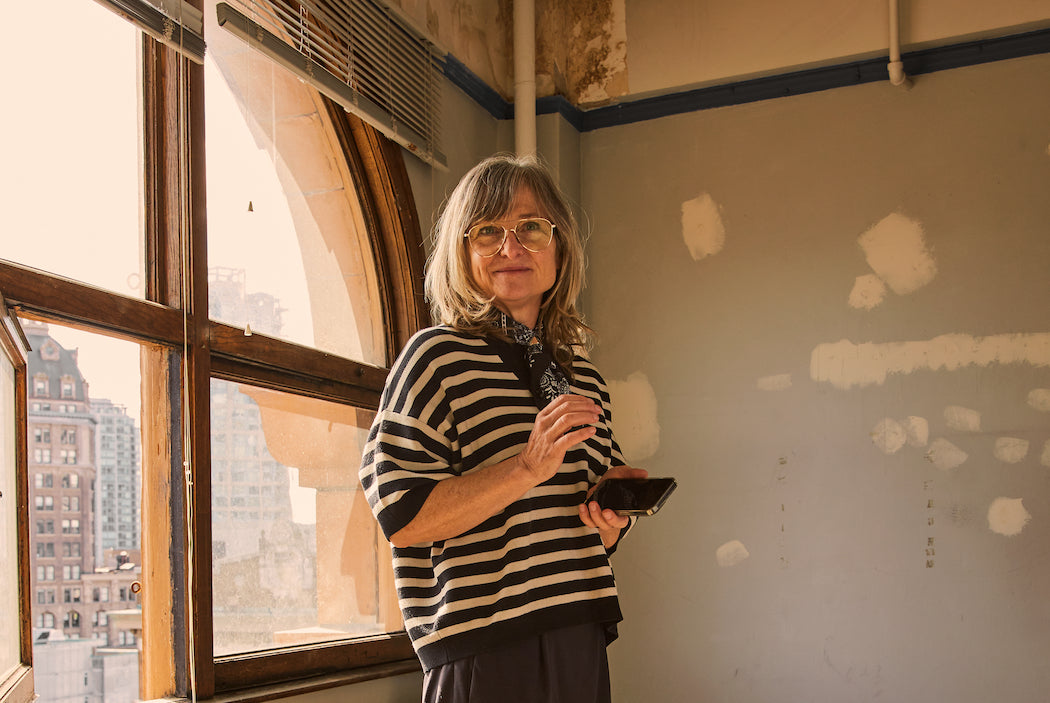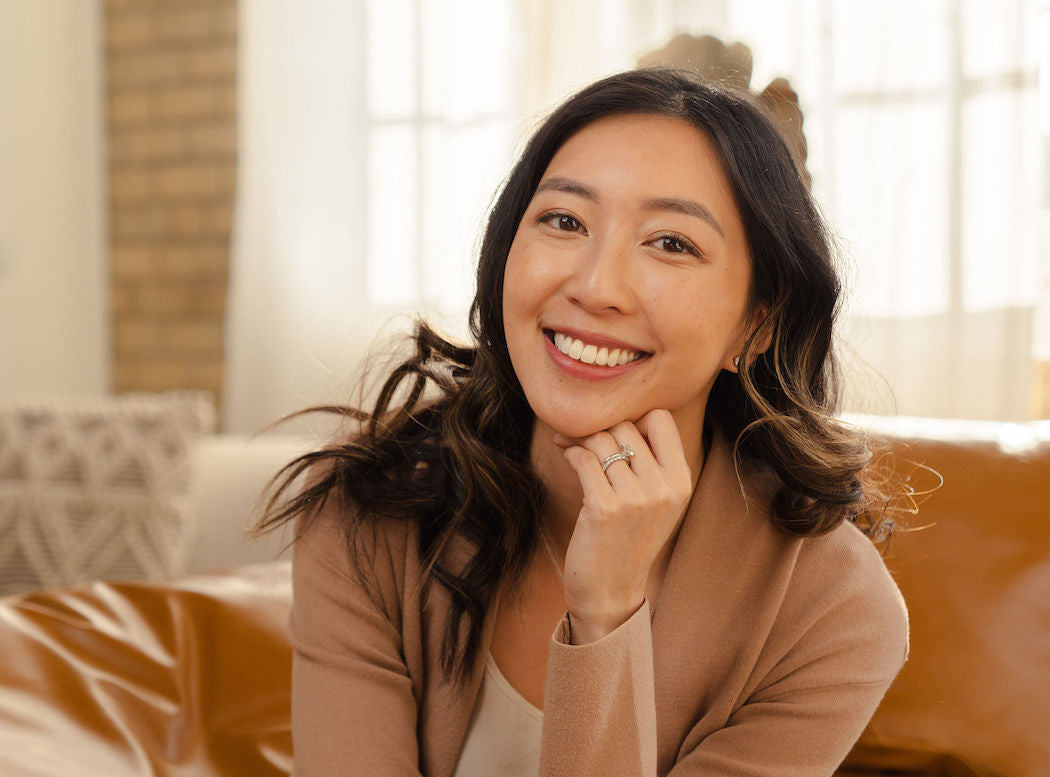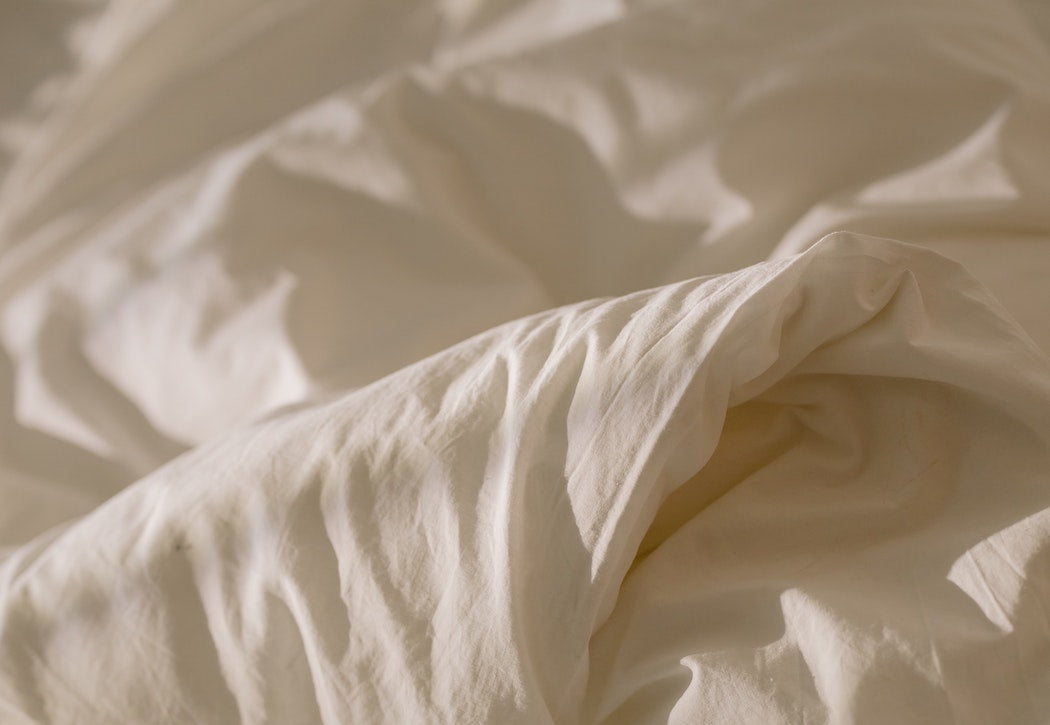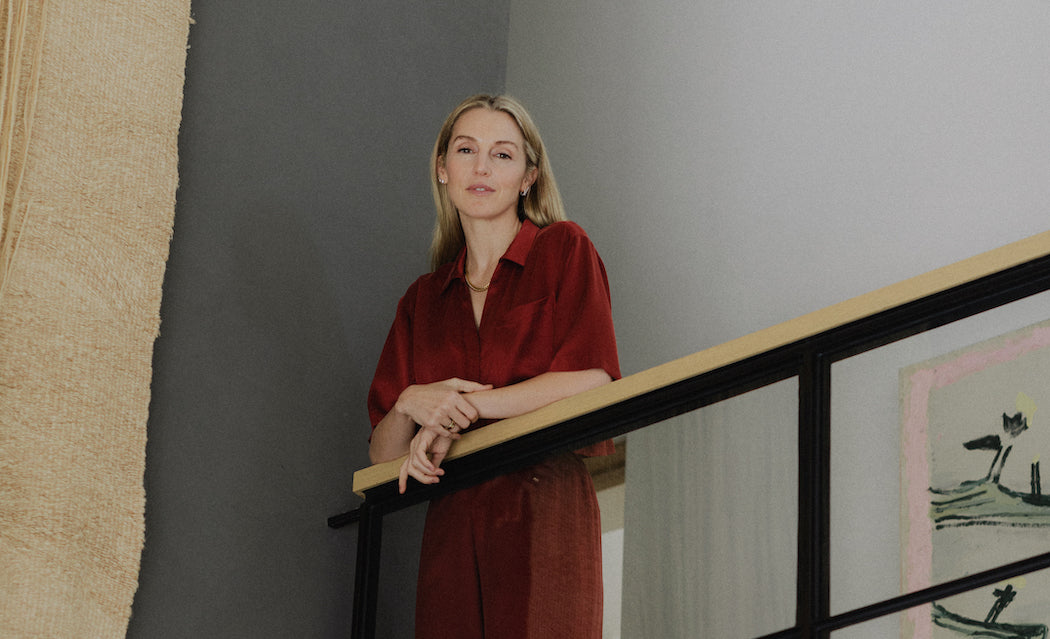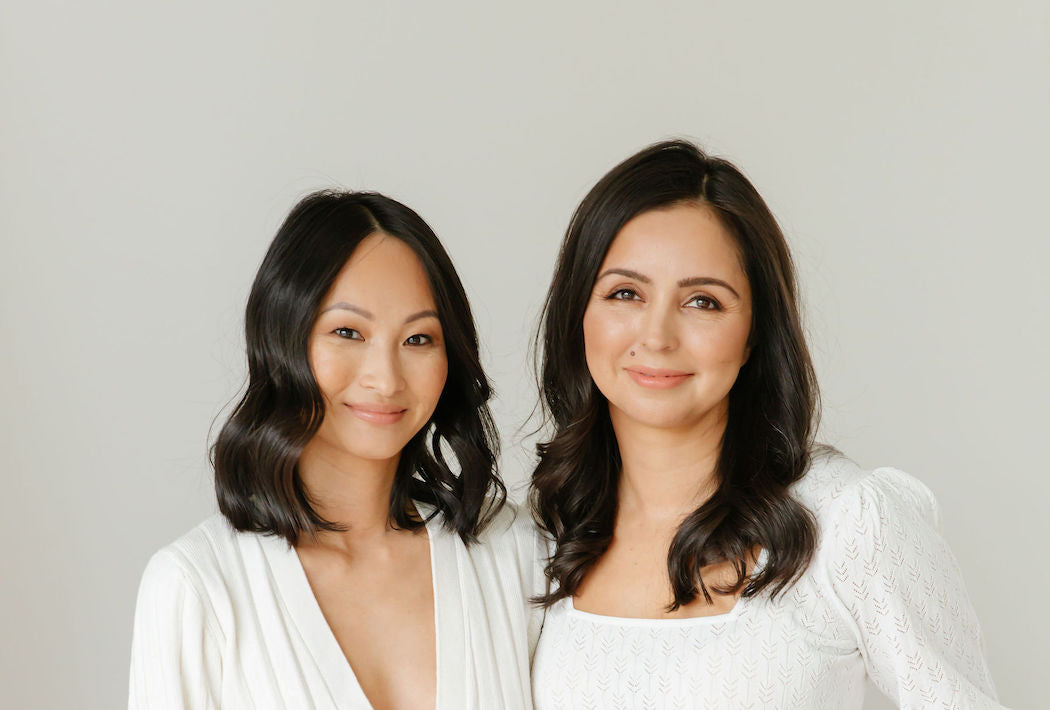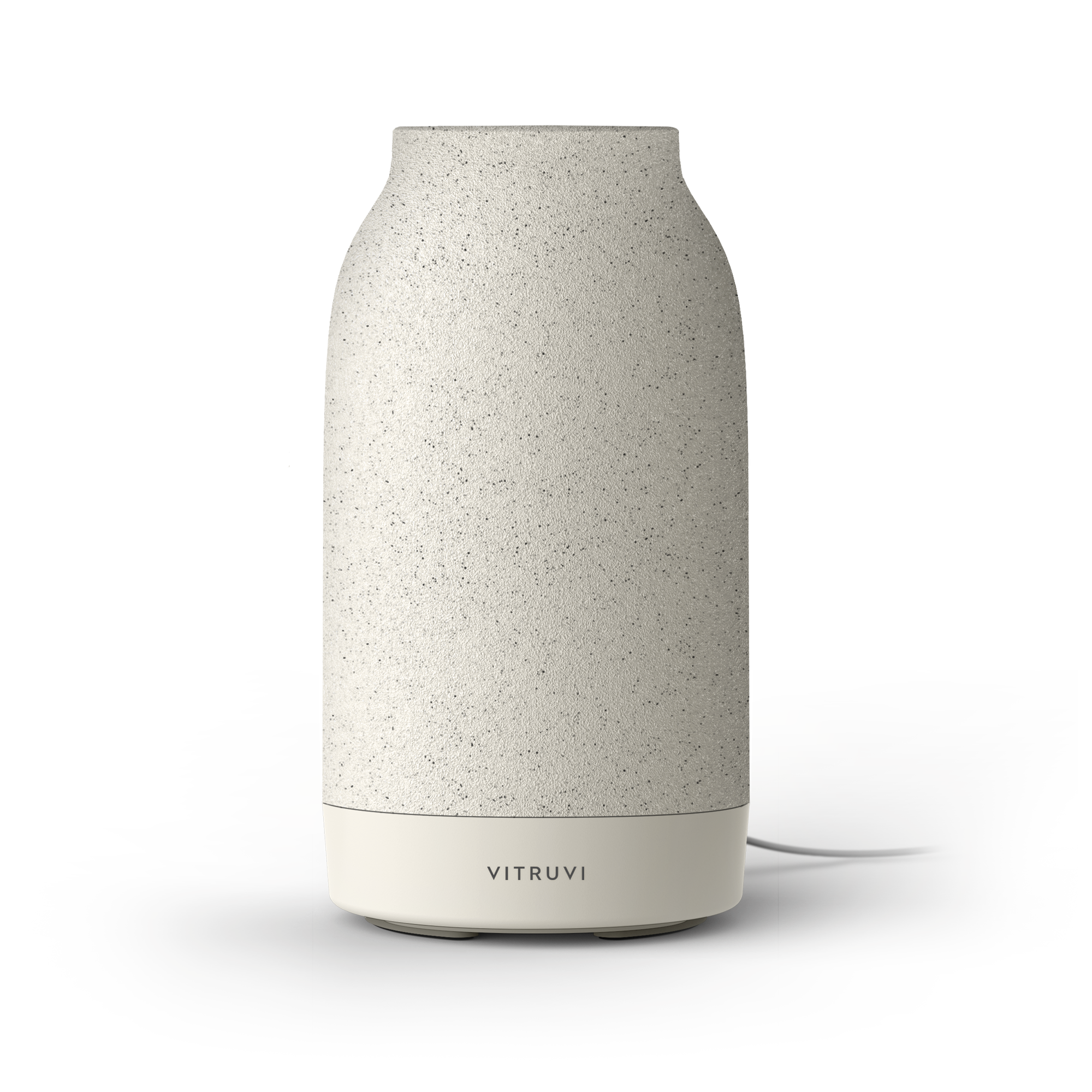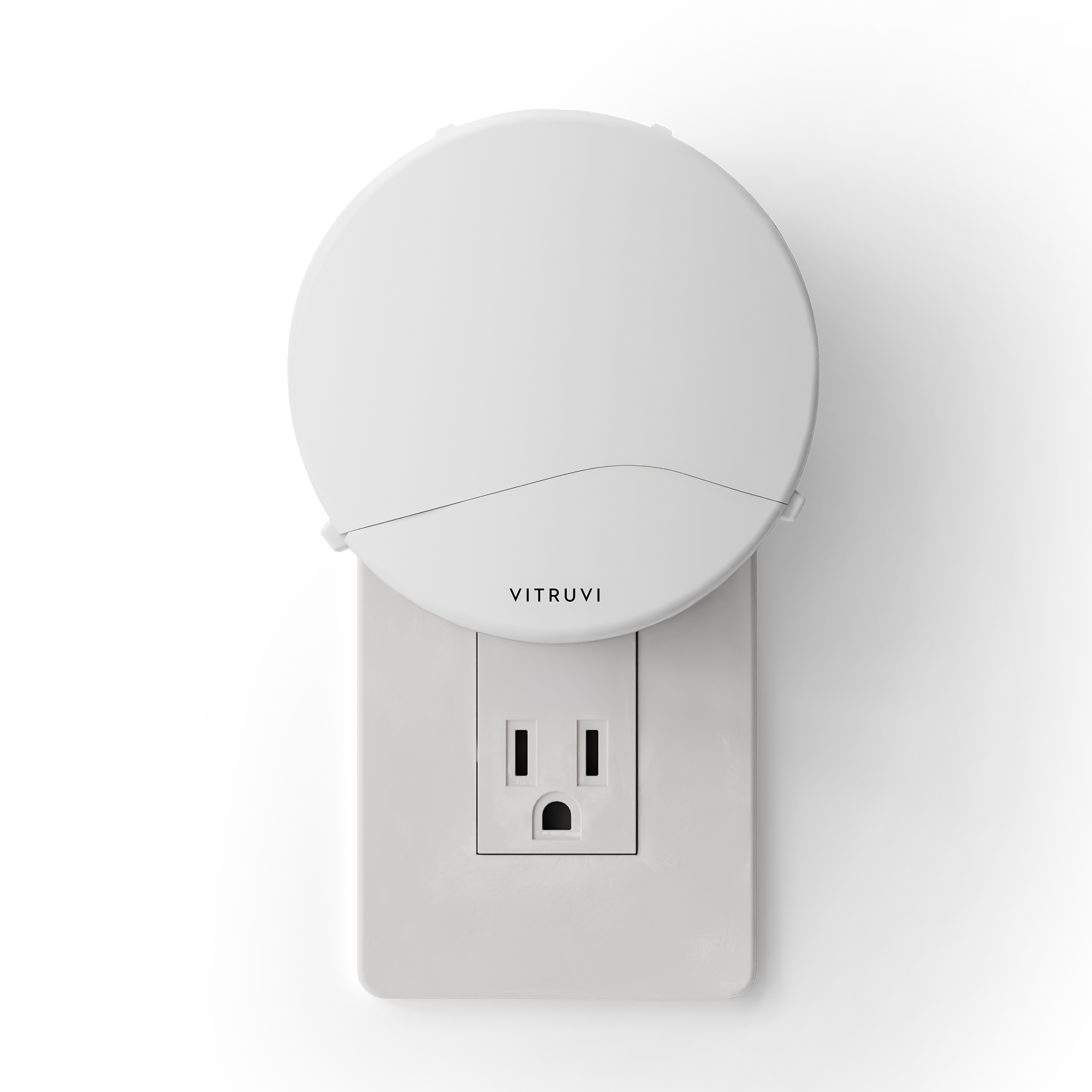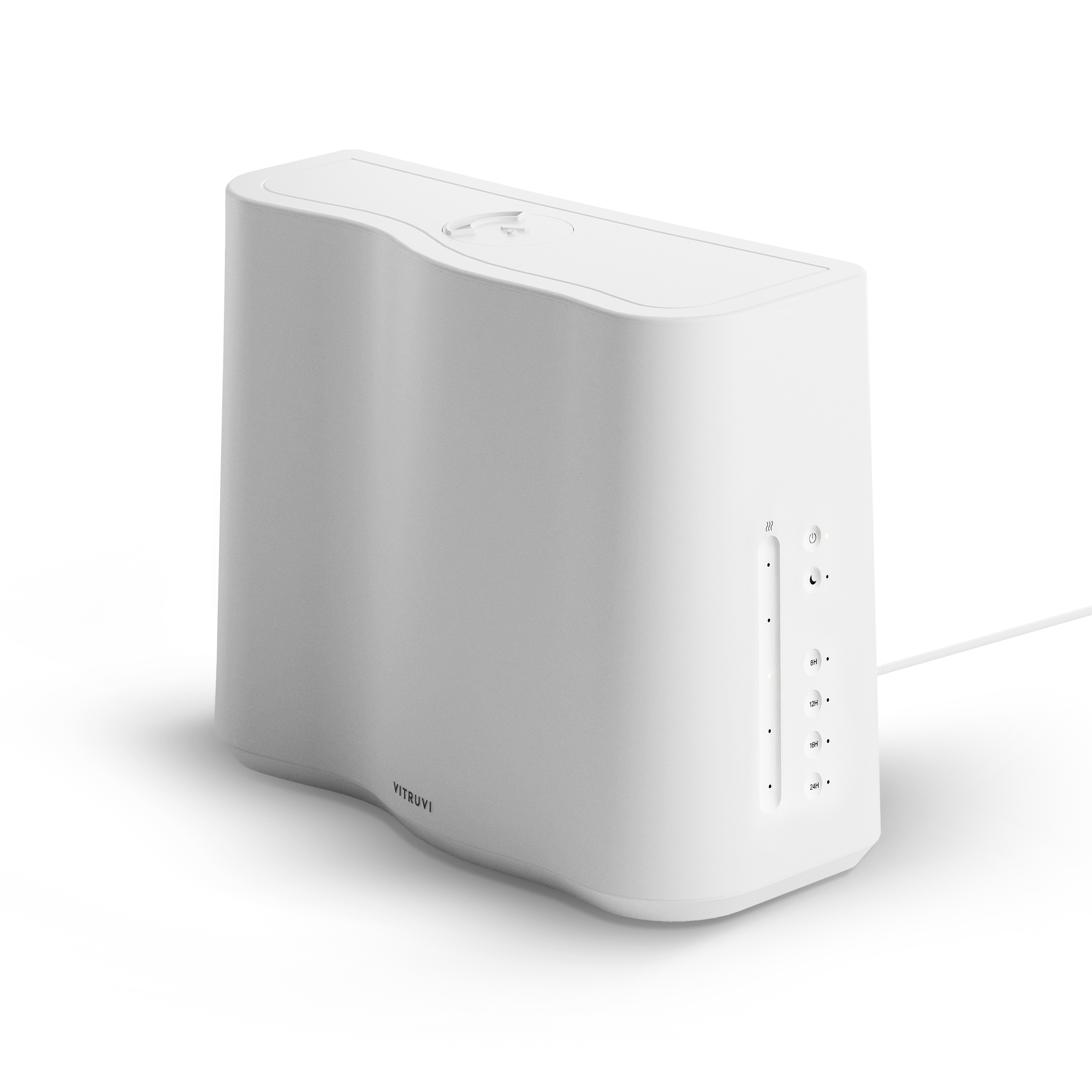On earth, there are some bodies that entertain ghosts.
They appear at the most inconvenient of times, rudely interrupting an animated dinner amongst friends or a street encounter with an old work acquaintance. The nervous system startles, jitters from the haunting. The ghosts I’m most familiar with recount unresolved stories of displaced and diasporic bodies, trembling from wars and famines beyond their own lifetimes; they wander adrift on lands they don’t belong to, lost in translation between languages and identities. These bodies flee abruptly, spooked by imagined possibilities of attack.
There’s a lot of talk of ghosts these days. Within current literary explorations, a newfound courage burgeons among young Chinese women who are examining their place in a Western context, as they uncover buried histories of ancestral violence and turmoil. We are also just now collectively starting to grasp how the cascading effect of the Chinese Exclusion era continues to permeate outmoded beliefs into the present. From Kat Chow’s Seeing Ghosts, to Lindsay Wong’s The Woo-Woo, and Pik-Sheun Fung’s Ghost Forest, new voices generously offer to visibilize such ghosts, tracing from where and when they visit, and to whom in a lineage they belong.
When a body becomes encumbered by too many ghosts, the qi is disrupted. In traditional Chinese philosophy, the qi is our breath, our life force: vital energy that flows through us, keeping our bodies fluid and limber. The ghost interrupts, jolts, and hinders qi from its natural form.
To disinvite a ghost, I recommend a gentle exorcism. Many methods are possible, but an ancient cultural practice that I’ve inherited and rely on is acupuncture. Administered by the insertion of tiny needles along 12 meridian lines on the skin’s surface, it works to restore a harmonious balance between the twin forces: the feminine yin and the masculine yang. Unlike an overdramatized Hollywood script, the experience of an exorcism through acupuncture comes about unexpectedly as a gentle wiggle—a sudden little shimmy from side to side releases the body from its possession.
Of the 361 acupuncture points on the body, 13 are found to be the most potent and are known as the Ghost Points. They were introduced by Sun Simiao, a physician and herbalist during the Tang Dynasty (619 to 907 AD) who was touted as the King of Medicine. His illness as a child impoverished his family, and he subsequently devoted a large part of his 101 years of life to the advancement of medicine. His studies led him to find that as society develops, psychological unwellness becomes more prevalent—so he devised this systematic approach to treat ailments of all sorts, ranging from hallucinations, obsessions, compulsions, epilepsy, and paralysis to hysteria, nightmares, and depression.
There is, for example, Ghost Palace point, located at the philtrum between the nose and the upper lip. It is associated with ancestral inheritance and humanity, and can be activated to restore consciousness from fainting or collapse. And there is Ghost Cave point, which is located at the center of the palm and can be particularly tender when needled; it alludes to one’s true passion in life. This point can be used on those who may experience dissociation from their identity, which can occur in the case of internalized racism as the body attempts to divorce itself from its skin.
Ghost Heart is located at the edge of the very inner wrist crease and treats the pericardium: the protector of the heart. If the pericardium is persistently closed, the body cannot receive love; but if it’s unbounded and open, the body is vulnerable to emotional hurt. When someone is unable to trust their body to fall asleep, a needle can be placed here to prevent the ghost from trying to get to their heart. This ghost is also characterized by intense material cravings and can cause madness and hysteria; the possessed may alternate between random crying and laughter.
One of the strongest points I’ve experienced is Ghost Seal, located at the frenulum under the tongue. Stimulating this point steers the recipient towards enlightenment. Alternatively, this point can be accessed at the third eye: slightly above and between the brows. It’s often used to treat anxiety and is especially common to see among those who frequent a community acupuncture setting.
Even though they are three millennia old, Sun Simiao’s teachings remain relevant for those who seek to banish their own ghosts. He devoted a long and vibrant life to the study of medicine, mysticism, and alchemy, writing some of Chinese history’s most illustrious texts for helping those who endeavor to heal a conflicted spirit. Perhaps his greatest promise to us, then, is that our ghosts are not forever.


